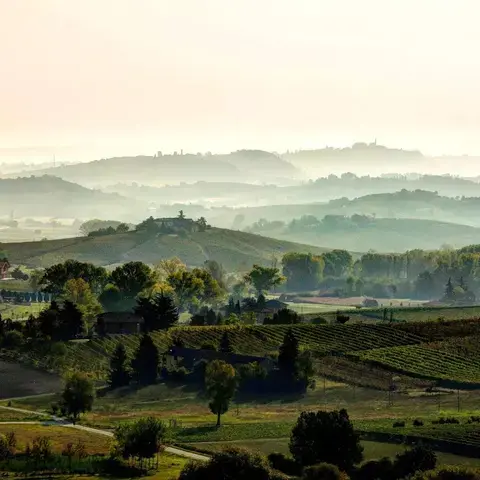Today, some ingredients appear on the menus of luxury establishments that in times gone by were foods of the people or even of the poorest and most marginalised social classes.
In Italy, this can be seen in many traditional recipes. Only a few years ago, minestrone was a common dish, prepared with ingredients from the vegetable garden and which could feed multiple families. Today, especially if you live in certain big cities, you might have to choose between paying rent and eating vegetable minestrone. This article is not a treatise on the anthropology of food but rather an exploration as to why certain iconic so-called luxury ingredients were born in the poorest kitchens and then experienced a second life.
How can this happen? It’s simple, when the availability of an everyday ingredient that people are accustomed to consuming becomes, for various reasons, limited, demand drives up the price. This has happened continually throughout history. So, what are the sought-after, luxury ingredients that were once humble? Here are some examples.











